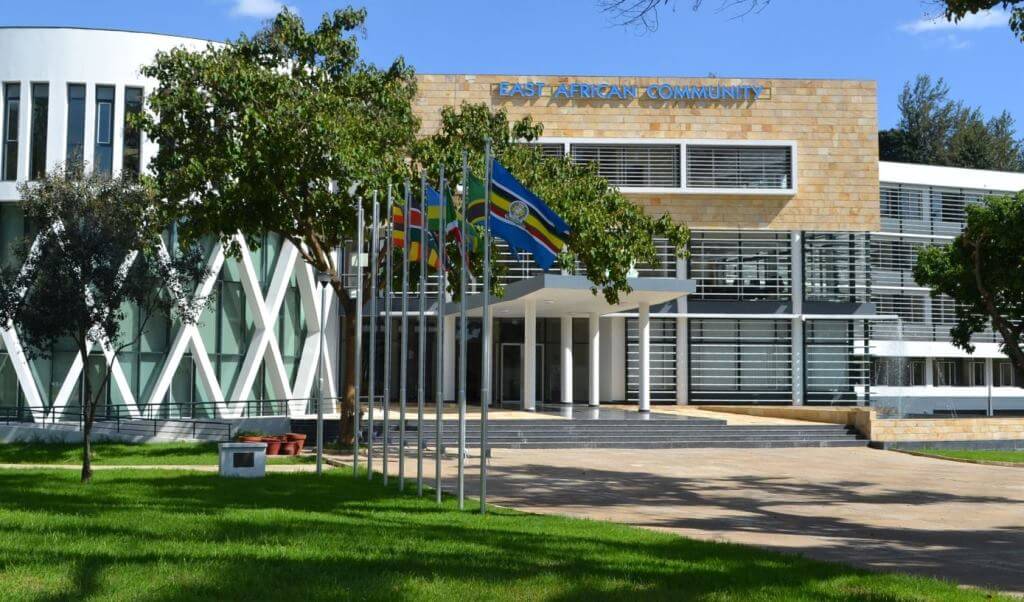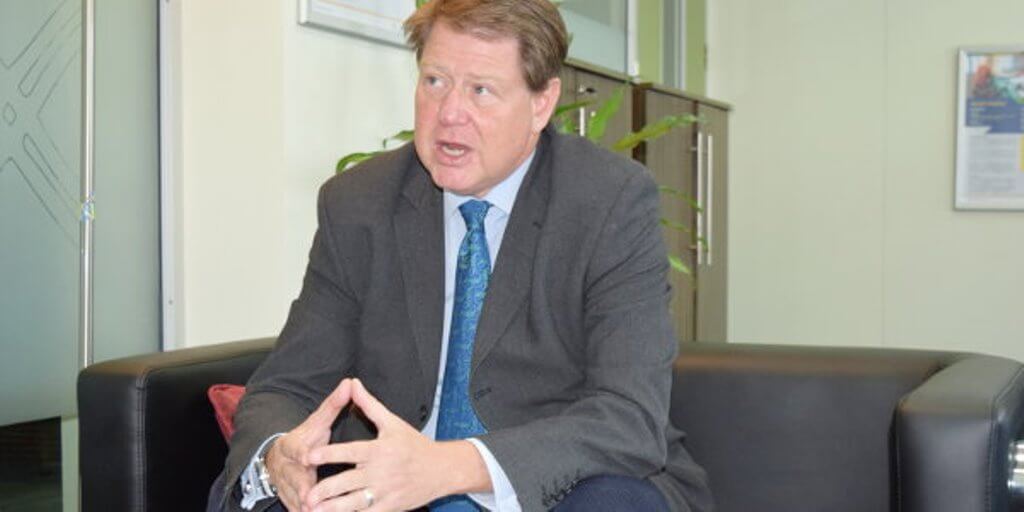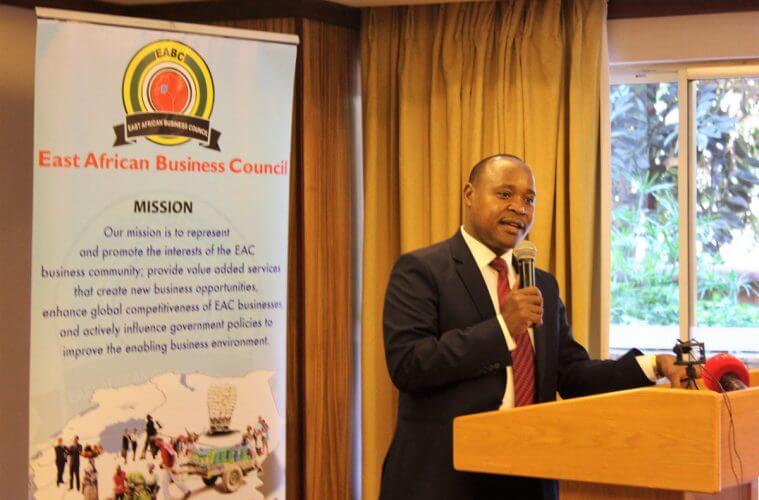EAST African Community (EAC) partner states and those on the southern part have to strengthen corridors across the area, so as to build climate resilience. That is being emphasised because as EAC economies continue to grow rapidly, so do the respective transport and logistics sectors as well as the associated Greenhouse Gas (GHG) emissions and pollution. Increased traffic and pollution threaten safety, health and life of road transport users and citizens, warn Trade- Mark East Africa (TMA) Environmental and Climate Change Officer, Mr Denis Maina and fellow officer, Mikko Leppanen. They argue that the situation is further worsened by inefficiencies that exist in the regions’ road transport and logistics sectors. For example, costs per kilometre of transporting a freight container from Mombasa to Kigali costs three times more than in developed countries. “ Some 95 per cent of the freight transport is hauled on roads, while water – maritime, inland lakes – and rail transport that are less polluting modes of freight transport have remained underdeveloped and underutilised,” the duo said in their release. TMA has worked with the Northern and Central Corridors for years in the joint observatories programme to collect and manage freight transport related information and in 2018 included a climate change tool to monitor GHG emissions and pollution along the corridors. Key partners involved in the development of the international standards-based tool were Climate Care and Meghraj Capital consultants. A report on the freight transport sector tool reveals that there is a need for countries to...
EAC to strengthen corridors for climate resilience
Posted on: April 6, 2021
Posted on: April 6, 2021
























